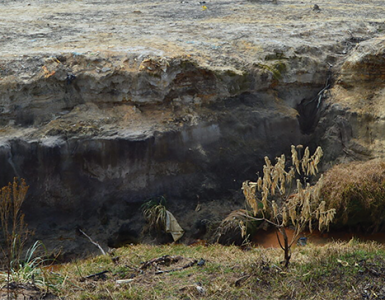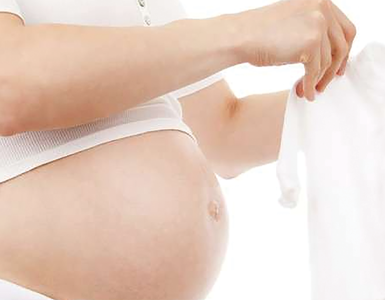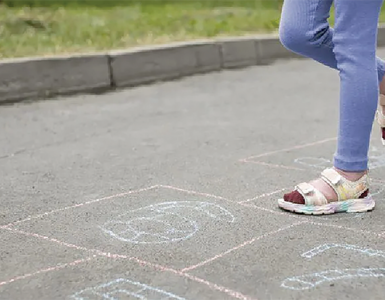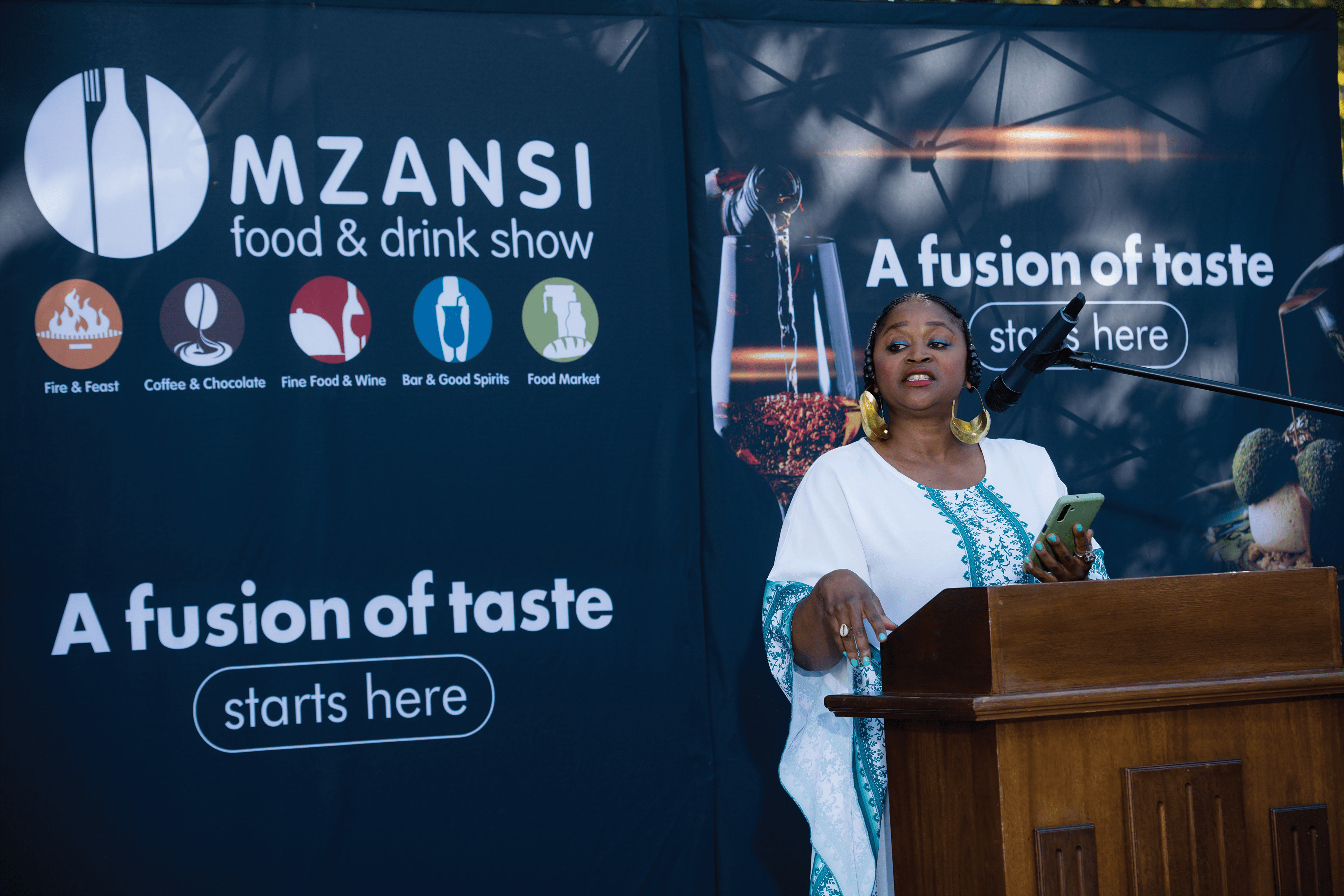STUDY: For parents, knowing which subtype of autism their child has can now offer new clarity and help them tailor care…
By Own Correspondent
Scientists say they have taken a “transformative step” towards understanding the biology underlying autism after discovering four subtypes of the genetic condition – which they believe may help explain why past genetic studies have fallen short.
For families navigating autism, knowing which subtype of autism their child has can now offer new clarity, tailored care, support and community, they wrote in their findings, which were published in Nature Genetics.
The Independent reports that the team at Princeton University and the Simons Foundation analysed data from 5 000 children in SPARK, an autism cohort study, to group individuals based on their combination of traits.
Instead of searching for genetic links to certain traits, they considered a range of more than 230 traits in each individual, from social interactions to repetitive behaviours to developmental milestones – and were able to identify four subtypes of autism with different patterns of genetic variation.
“What we’re seeing is not just one biological story of autism, but multiple distinct narratives,” said Natalie Sauerwald, associate research scientist at the Flatiron Institute and co-lead author.
“This helps explain why past genetic studies often fell short – it was like trying to solve a jigsaw puzzle without realising we were actually looking at multiple different puzzles mixed together. We couldn’t see the full picture, the genetic patterns, until we first separated individuals into subtypes.”
The four subtypes were Social and Behavioural Challenges, Mixed ASD with Developmental Delay, Moderate Challenges, and Broadly Affected.
The first type relates to children reaching developmental milestones at a similar pace to their peers without autism, but often experiencing co-occurring conditions like ADHD, anxiety or depression.
The second type showed a delay in reaching developmental milestones, but with no signs of co-occurring conditions.
Moderate Challenges, the third type, shows core autism-related behaviours, but less strongly than other groups, reaching milestones at a similar pace to children without autism and with no co-occurring conditions. The fourth type faces the most extreme and wide-ranging challenges.
The first and third types were the most common, with 37% and 34% of participants found to be in each group, respectively, while the second and fourth types were the least common, with 19% and 10% of participants in each group.
The findings highlight how genetic differences “suggest distinct mechanisms behind superficially similar clinical presentations”.
The scientists said hat for instance, children in both the Broadly Affected and Mixed ASD groups share some important traits, like developmental delay and intellectual disability, but the former group showed the highest proportion of de novo mutations, which are not inherited from either parent, while the latter group was more likely to carry rare inherited genetic variants.
The findings do not mean there are only four subtypes of autism; they establish the discovery of a data-driven framework showing there are at least four, and that they are meaningful both for clinical work and research at the genome level. – Medical Brief































